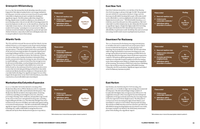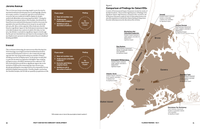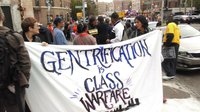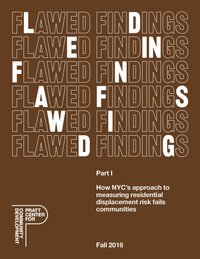
New York City’s only vehicle to formally measure displacement risk is through the project-specific City Environmental Quality Review (CEQR) process and its associated CEQR Technical Manual. “Flawed Findings Part I: How NYC's approach to measuring residential displacement risk fails communities” provides a detailed review of the CEQR Technical Manual’s guidance, and reveals that the step-by-step methodology is based on a series of unjustified assumptions that lead to minimizing vulnerability and therefore, a finding of “no significant adverse impact” to the existing community.


Communities across the city are grappling with rising housing costs and justified fears that residents will no longer be able to afford to live in their neighborhoods. These concerns run particularly deep when displacement pressure stems from City-initiated projects, such as the rezonings in East New York, East Harlem, Jerome Avenue, Downtown Far Rockaway, and Inwood. Growing community opposition to rezonings of this type is a direct result of the woeful inadequacy of the City’s approach to calculating and addressing displacement and the critical need to revamp the process entirely.

Findings
The City’s process of calculating residential displacement fails to adequately approximate the scale and extent of the potential threat by:
Dismissing the potential for inequitable impacts by race and ethnicity.
Considering only low-income tenants living in 1-4 unit buildings vulnerable to displacement, neglecting residents in larger buildings from the analysis.
Dismissing the potential for displacement in gentrifying neighborhoods.
Allowing Environmental Impact Statement authors wide discretion in determining a finding of significant impact.
Recommendations
NYC should conduct a citywide displacement risk analysis and use it to inform housing and development policy.
NYC should adopt a comprehensive anti-displacement policy agenda with a no net loss of affordable units as a key goal.
NYC should convene a Task Force of technical and community experts to revamp the CEQR Technical Manual’s approach to evaluating residential displacement.
